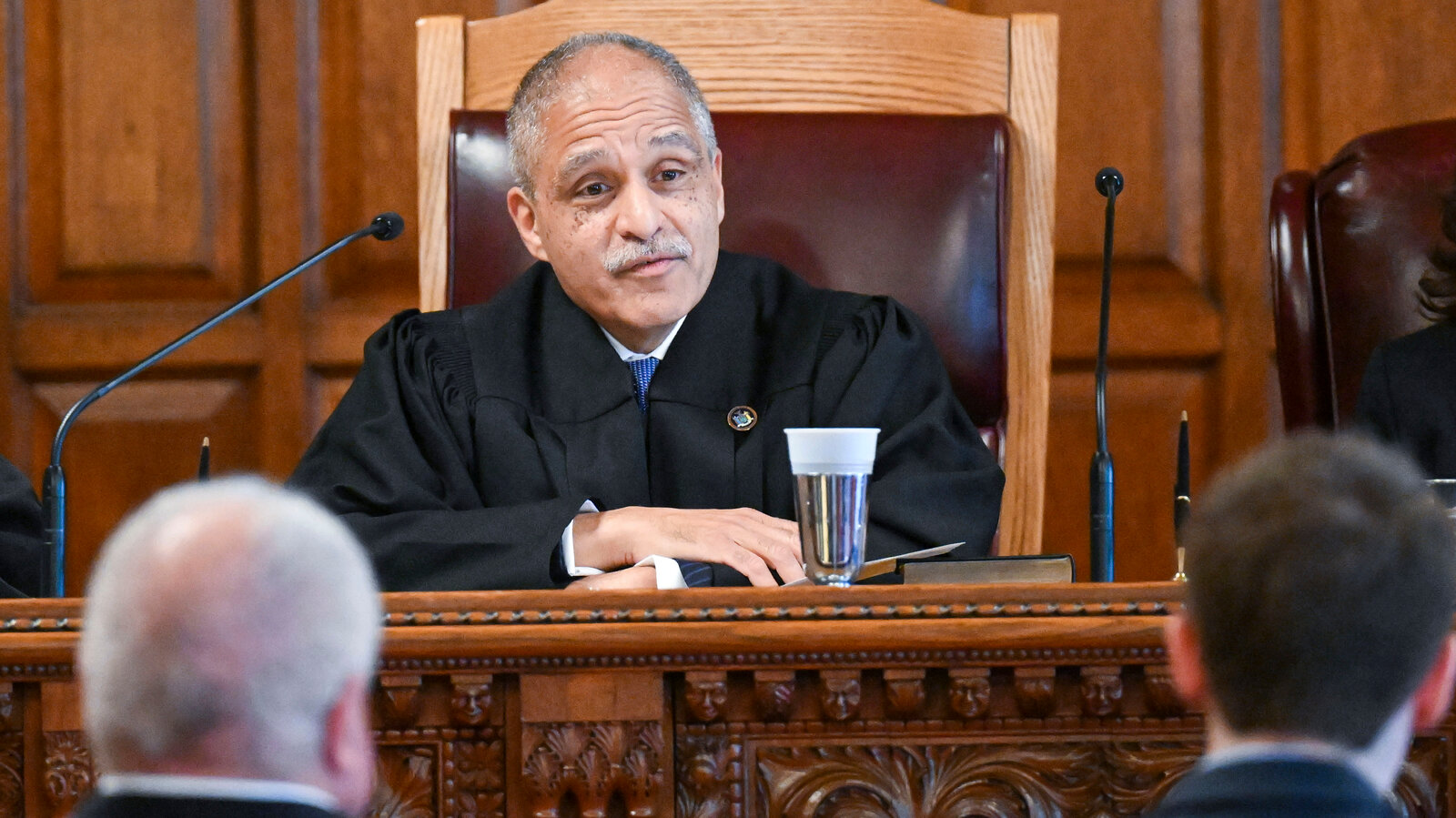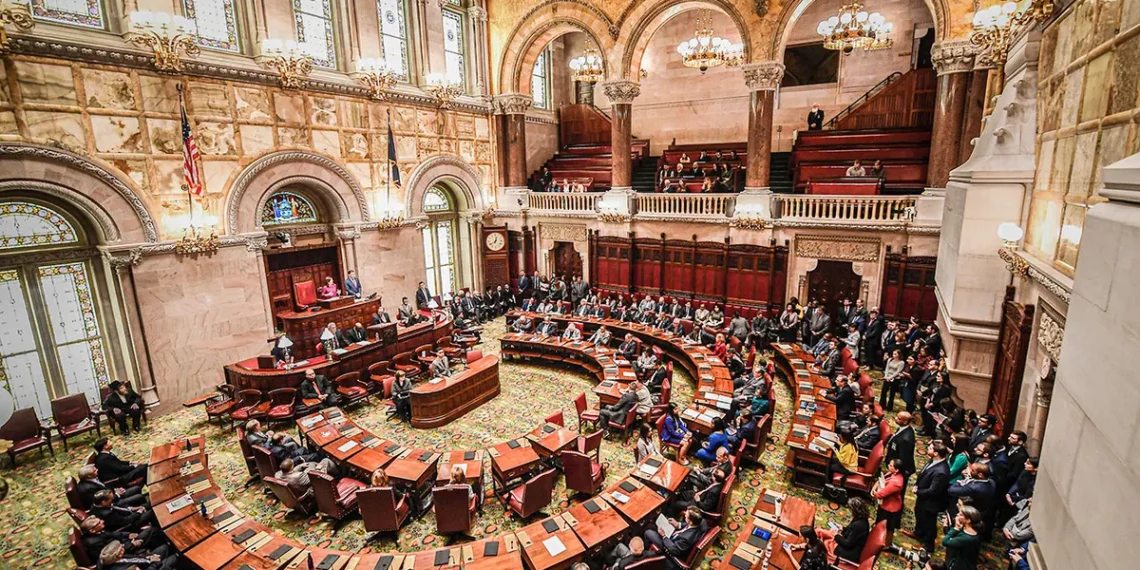New York’s Democratic-controlled Legislature has rejected a bipartisan congressional map proposed by a commission. This decision grants Democrats the opportunity to create their own electoral boundaries, potentially influencing the outcome of the upcoming US House elections.
The rejected map, approved by the Independent Redistricting Commission, drew criticism from several Democrats for maintaining the status quo in suburban House districts, including potential battlegrounds. While it posed a risk to freshman Republican Brandon Williams’ seat, it secured incumbents’ positions in the Hudson Valley.
Democrats argued that the map prioritized protecting incumbents over fair representation. State Senator Michael Gianaris criticized the map for slicing through counties and retaining district lines to favor sitting lawmakers. Senator James Skoufis echoed these concerns, labeling the map as “mutually partisan” rather than bipartisan.
Republicans accused Democrats of disregarding the public’s will, referencing a 2014 constitutional amendment supporting the redistricting panel. Rejecting the commission’s map, they argued, implied a lack of trust in New Yorkers’ preferences.

Next, the Legislature will negotiate new lines, requiring a two-thirds majority vote in each chamber. Democrats have the potential to shift up to six districts in their favor, likely leading to legal challenges over allegations of partisan gerrymandering.
The rejection marks another chapter in New York’s redistricting saga, closely watched for its national implications. Lawmakers aim to expedite the process, considering the deadline for House candidates to collect signatures for petitions. Additionally, legislation was passed to restrict legal challenges to the new boundaries, limiting forums to four jurisdictions.
The rejection of the bipartisan map underscores the intense political maneuvering surrounding redistricting in New York, with significant implications for the balance of power in Congress.





